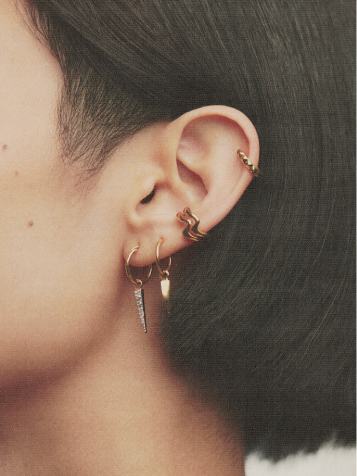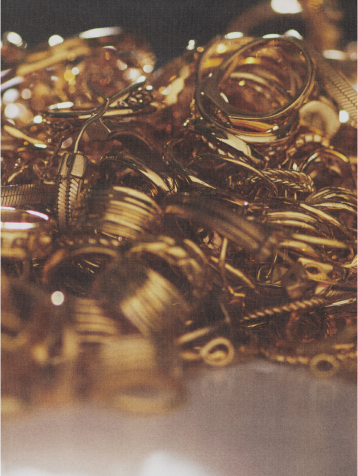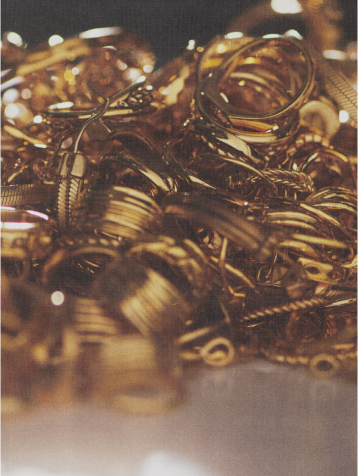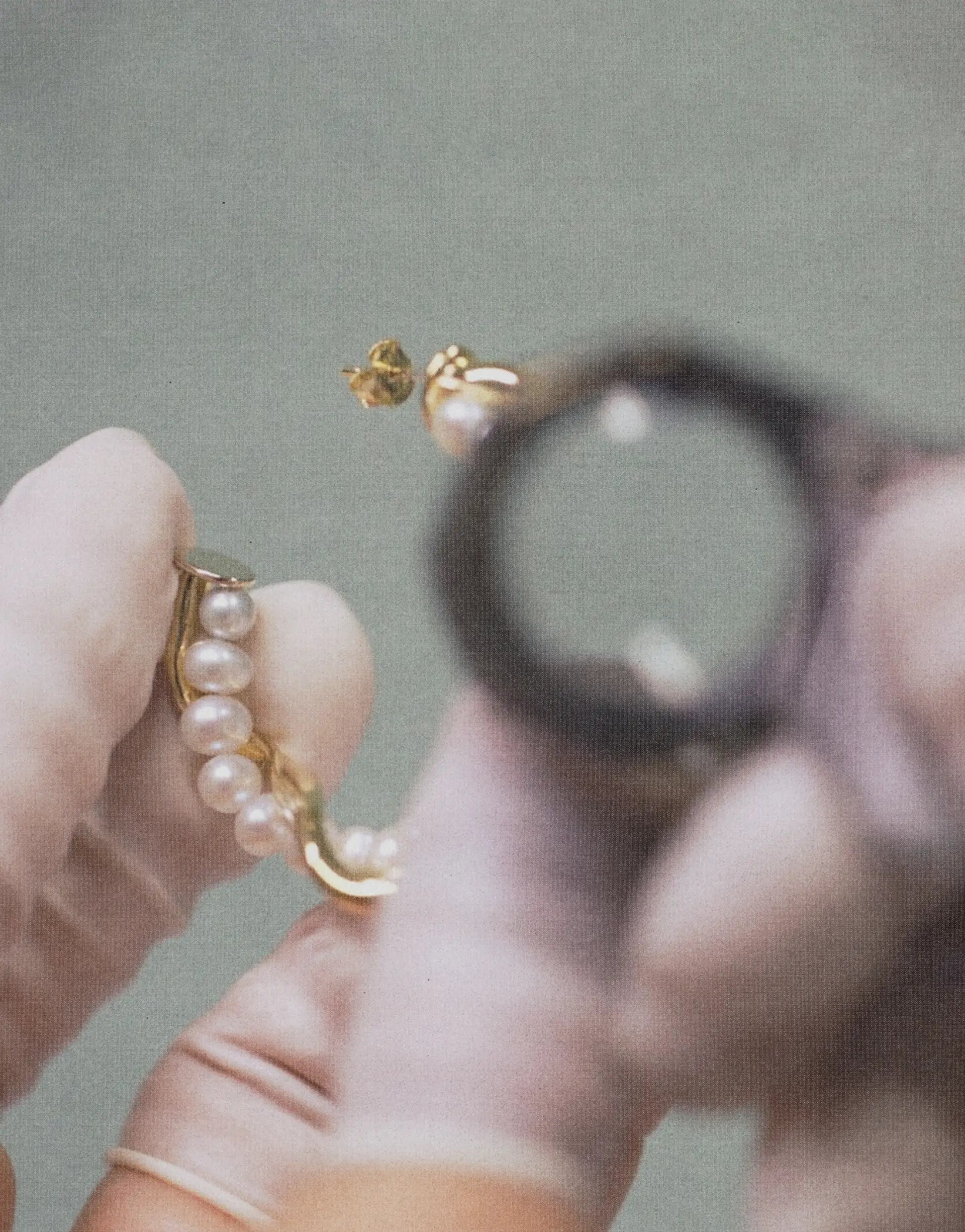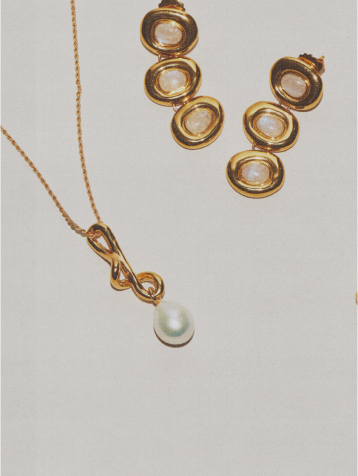

OUR SUSTAINABILITY PHILOSOPHIES

100% sustainable jewellery doesn't exist and we know that. We're taking an honest approach to our sustainability journey and refuse to greenwash. Paying to offset our carbon emissions is not good enough when the planet is in crisis. That's why our next step is to understand how we can actively reduce our emissions.
We're proud to be recognised by these leading sustainable organisations:

RESPONSIBLE JEWELLERY COUNCIL
We're a member of the RJC and Code of Practice certified, along with all six of our factories.

UN GLOBAL COMPACT
Becoming a member of this organisation means we're actively committed to making its environmental principles part of our business strategy.
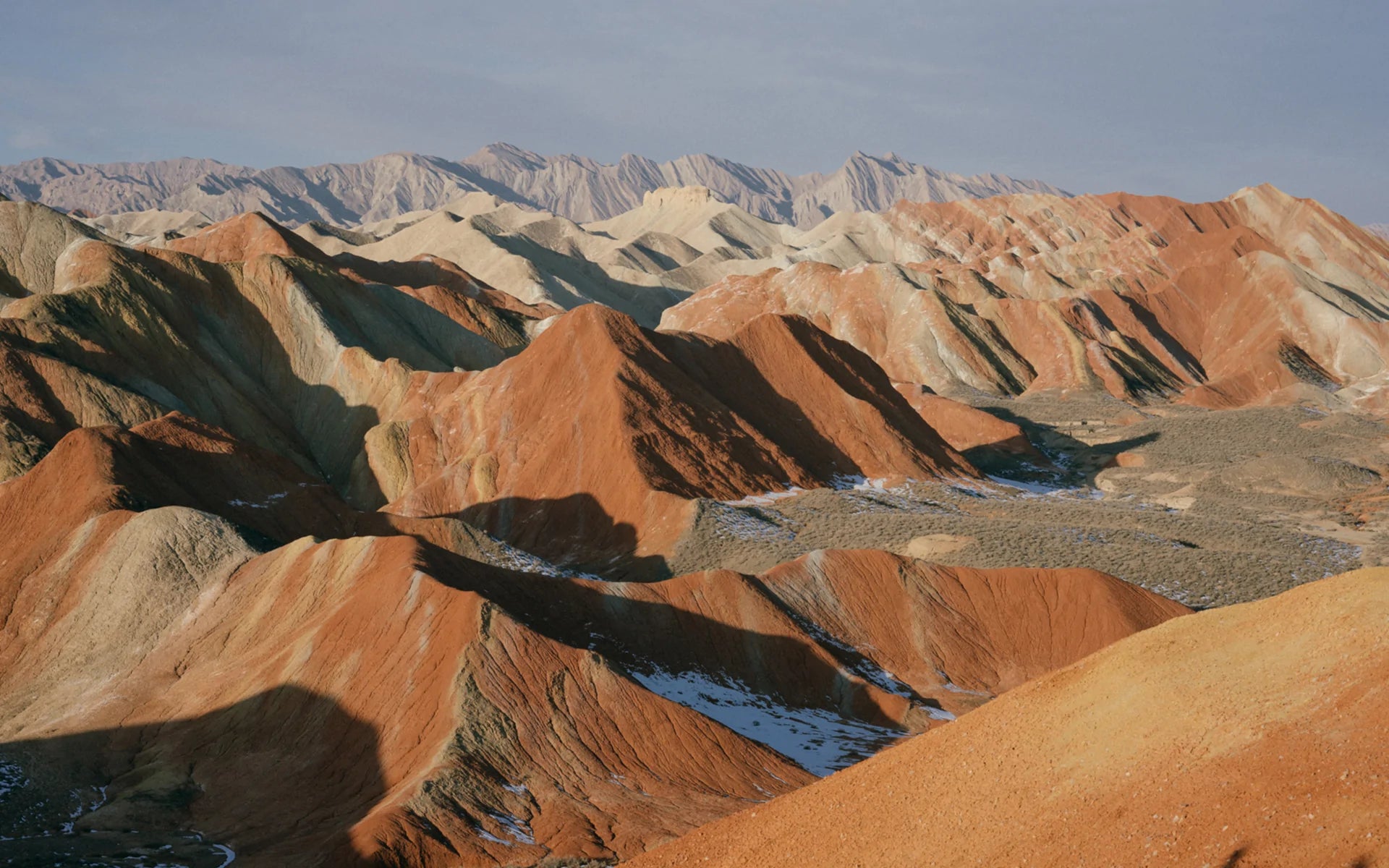
While we're not yet in a position to offset the carbon emissions from our supply chain, we're actively investing in reducing emissions — we're currently purchasing renewable energy for our warehouse, and three of our suppliers (four by May 2023) have moved to using greener energy from renewable sources on site, as we transition to carbon reduction.
Currently, we're offsetting the residual emissions across:
We were the first jewellery brand to partner with climate tech platform Vaayu to calculate and offset the carbon from our deliveries and returns. For each shipment we currently save 2.26 kg CO₂e. We continue to work with Norway-based climate solution platform CHOOOSE to fund biodiversity projects that offset our carbon. See how below:
This project in Peru's Tambopata-Bahuaja Biodiversity Reserve supports the indigenous communities that live in this region of the Peruvian Amazon, and addresses the local economic drivers of deforestation and forest degradation. The project significantly reduces global carbon emissions through conservation, protecting the rainforest ecosystem, and scaling up sustainable community forest management. It also supports socially inclusive farming by creating equal opportunities for farmers and workers, promoting fair labour practices, and keeps a close eye on the area's precious natural resources.
The Chyulu Hills REDD+ project aims to protect the Chyulu Hills in Kenya, a volcanic mountain range in the southeastern part of the country that's very close to Mount Kilimanjaro. The region has vast forests, woodlands, savannahs, wetlands and springs, as well as a wild population of Africa’s best-known animals – lions, cheetahs, wild dogs, rhinos, elephants, and various antelopes. The REDD+ project aims to achieve two objectives: decreasing greenhouse gas emissions resulting from deforestation and forest degradation, and safeguarding biodiversity while also providing economic advantages to the nearby forest-dwelling communities.
The Southern Cardamom rainforest is the largest remaining rainforest in Southeast Asia, and plays a vital role in preserving the region's biodiversity. The Southern Cardamom REDD+ project seeks to protect 497,000 hectares of this tropical rainforest, which has significant global importance in terms of wildlife conservation. The project uses global best practices of forest protection and community development to safeguard the forest.

Where are you shipping to?
Changing where you are shipping to may update currency, shipping options and the availability of items in your bag.
